The Best Tips for Growing Your Very Own Onions This Spring
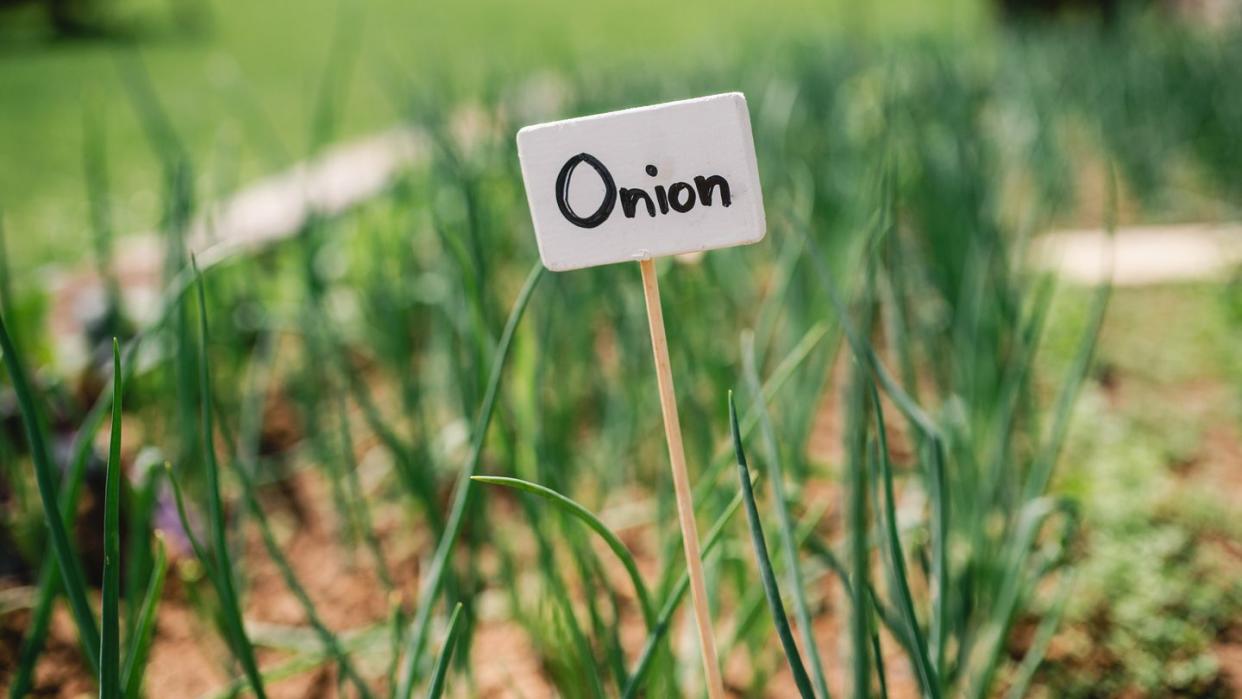
"Hearst Magazines and Yahoo may earn commission or revenue on some items through these links."
From caramelized onion dip and French onion chicken casserole to slices of fresh onions on our burgers, we love these crispy, crunchy, silky vegetables in every way you can prepare them! There's just so many onion recipes to enjoy. And while you're probably familiar with picking them up at the grocery store or farmer’s market, there's an even more efficient and rewarding way to get your onions: growing them in your own vegetable garden! “There are several kinds of onions you can grow,” says Pam Farley, garden blogger at Brownthumbmama.com and author of The First Time Gardener: Container Food Gardening. “They fall into two main types: Scallions, also called green onions, and bulbing onions, which form the round bulb you eat. It’s really your preference.”
Just like growing tomatoes, onions are planted in early spring when the frost has passed. However, if you plan to grow bulbing onions, you need to make sure you buy the correct type of onion for your region. There are short-day, long-day and intermediate (also called day-neutral) types. Short-day onions, like Southern Belle and Cipollini are typically grown in the South, while long-day onions, like Yellow Sweet Spanish and Walla Walla, along with intermediate types, like Red Amposta, are grown in the North and middle of the country. If you grow the wrong kind, your bulbs will not develop, says Farley. If you’re not sure what type to choose, check with your local university coop extension service (find yours here) for guidance.
Once you've decided which onions are right for your garden, follow our tips on how to grow onions, including growing onions from seed or food scraps! Then, after they're harvested, grab Ree's onion keepers to keep your new bulbs fresh for all your cooking needs.
What type of onions should I grow?
Definitely the easiest type of onions to grow are scallions (Allium fistulosum), also called green onions, says Farley. They also are sometimes called bunching onions. They’re ready to harvest in about 60 to 85 days. Bulbing onions (Allium cepa) require a bit more effort and take about 100 days or more until they’re ready to harvest.
How do I plant green onions?
Plant green onion seeds directly into garden beds in early spring, about ¼ to ½-inch deep in rows a few inches apart. Choose a spot in full sun, which is about 6 or more hours of direct sunlight. They need well-draining soil, and they also grow well in containers, says Farley. Water regularly when the soil feels slightly dry, and keep the area weeded because they don’t compete well with other plants.

How do I plant bulbing onions?
Although you can grow bulbing onions from seed, it’s better to plant onion sets, which are baby onions, to help jumpstart the process. Plant in early spring as soon as the ground can be worked. When planting the bulbs, place them pointy-side in a hole about an inch or two deep, then tamp down soil on top. Sprinkle on some compost, and give them some liquid fertilizer, such as fish emulsion, every few weeks during the growing season. Water when the top inch of soil feels dry.
When are onions ready to harvest?
You can start harvesting the leaves of green onions when plants are about 6 inches tall or as wide as a pencil, or harvest the entire green onion in about 60 to 80 days. Don’t pull them up; use a hand trowel to lift up and underneath each plant.
When the foliage of bulbing onions start to fall over, stop watering them. Once the tops have yellowed and browned, lift up the entire bulb by working a garden fork or trowel around and underneath them. Brush off most of the dirt, lay them in the sun for a up to a week to cure, trim off the green and roots, and store your onions a cool, dark place, says Farley.
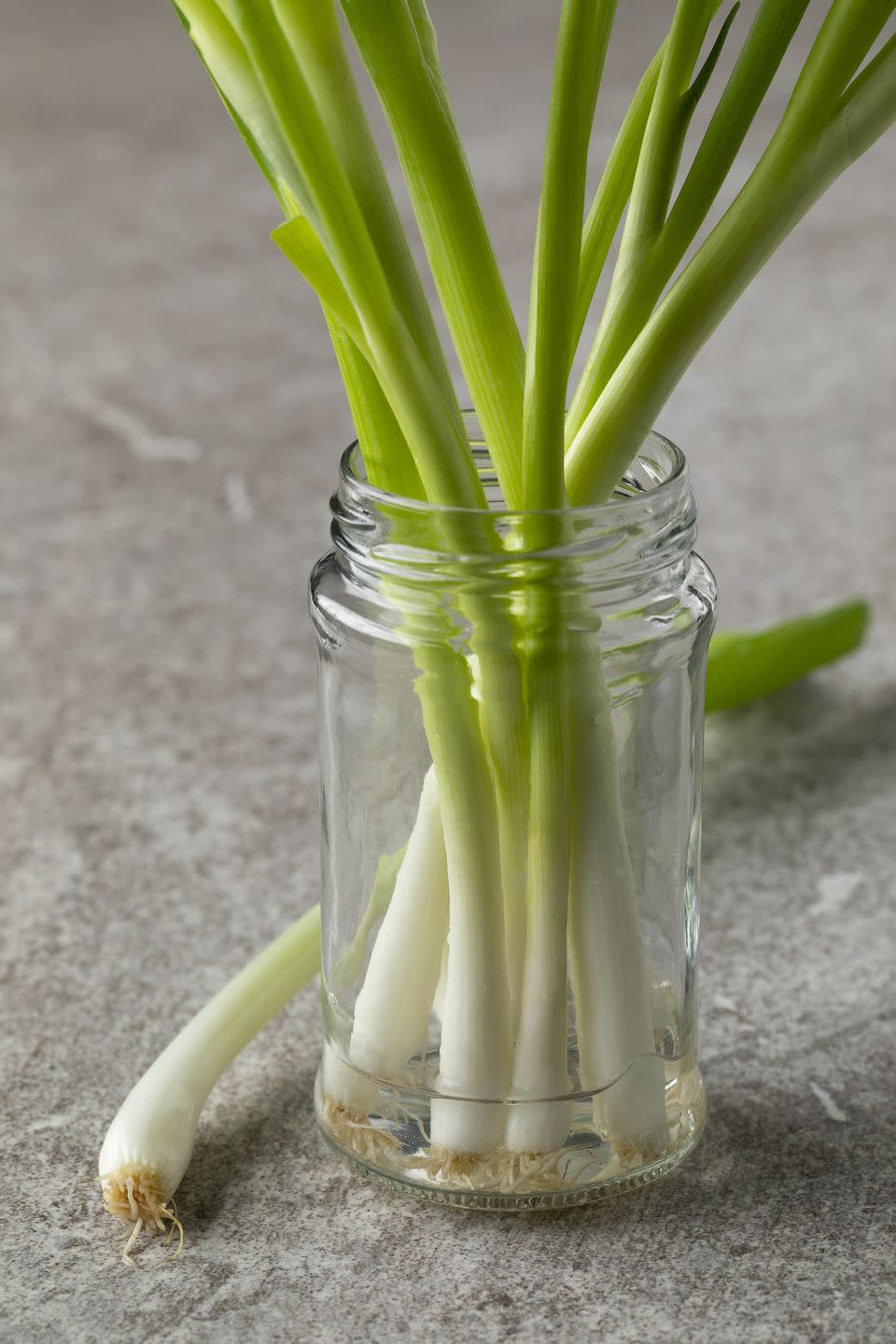
Can you grow onions from an onion?
Get this: as long as you have another onion on hand, you don't even need seeds to get your garden growing! Bulb onions used in cooking can be regrown when you chop the bottom off then place it in a small pot near a sunny window or outside in your garden. To do this, save the base of the onion (where the roots grow) as well as an inch and a half of the onion itself. Set this piece aside until the layers begin to curl or shrivel near the cut surface. This could take anywhere from a few hours to a few days. Then, you'll plant the onion by making an indention in the center of the soil that's equal to the size of the bulb’s base. Place the roots at the bottom and be sure the top of the onion is covered by an inch of soil. Remember, onions grow best in moist conditions so you'll want to water accordingly. Once greens start to sprout, trim them to use in your cooking.
Can you grow onions from food scraps?
Yes, you can regrow green onions or scallions! Use the green part in your favorite recipes (like as a topping for Ree Drummond's twice-baked potatoes), but save the white section. Then put the root end in a bowl of water, changing the water every few days. When they’ve sprouted, plant in your garden, trimming off the green sprouts to use whenever they appear, says Farley.
Common problems, pests, and plant diseases
Though growing onions is pretty simple, there are some issues you may run into along the way. First and foremost, make sure you're picking onion varieties that are best suited to your region. As for common problems, a big one is bolting, or premature flowering. This is often due to underwatering or temperature fluctuations and can be limited by planting at the right time for your area and making sure your onions are properly cared for. If your onions do happen to bolt, harvest them and use them like you would green onions or scallions.
You'll also want to keep an eye out for any pests and plant diseases that may impact your onions. Thrips and onion maggots are the two most common insect pests and can be managed with good sanitation (keeping your garden free of debris and using well composted organic matter instead of fresh manures) as well as a practice called crop rotation, or planting onions in different parts of your garden each year. These good cultural practices can also help prevent any plant diseases that may arise, though these usually aren't an issue in a home garden setting.
Heshiko Bunching Onion Seeds
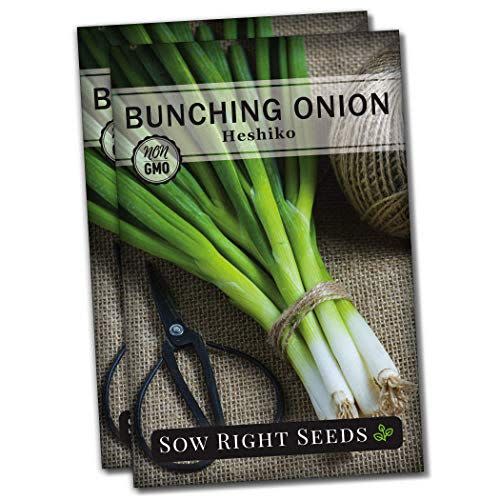
Heshiko Bunching Onion Seeds
amazon.com
$6.99
Sow Right SeedsSierra Blanca Bulbing Onions
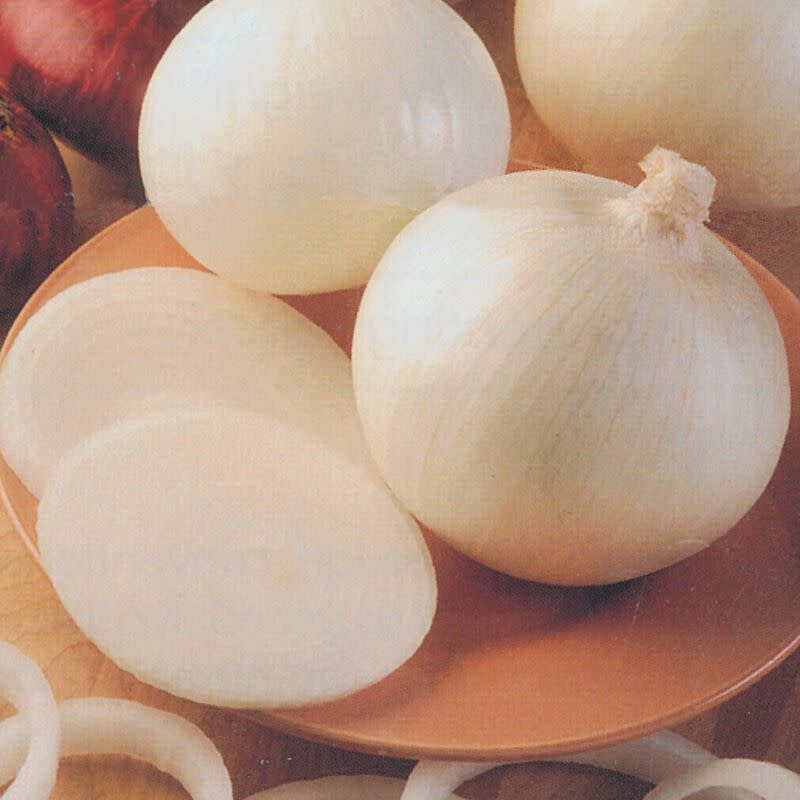
Sierra Blanca Bulbing Onions
johnnyseeds.com
$21.85
Johnny's Selected SeedsWhite Nebuka Bunching Onion Seeds
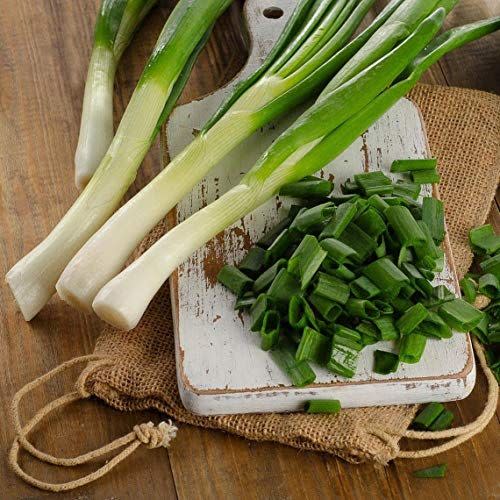
White Nebuka Bunching Onion Seeds
amazon.com
$4.95
Gaea's Blessing SeedsYellow Stuttgarter Bulbing Onion Set
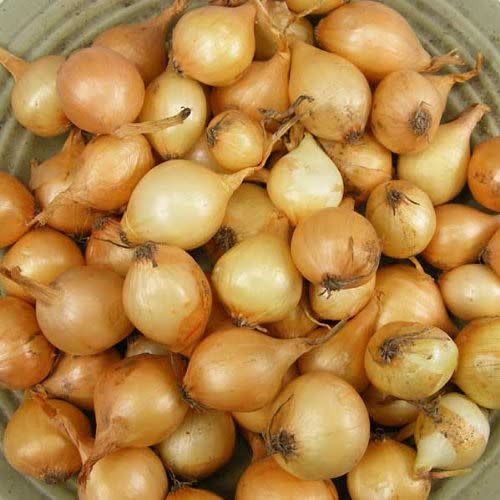
Yellow Stuttgarter Bulbing Onion Set
amazon.com
$10.99
Stargazer PerennialsYou Might Also Like

